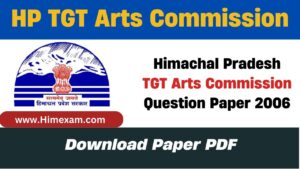Sikhs in Hill States
Modern history of Himachal Pradesh shows the growing influence of Sikhs, a community that was founded by Guru Nanak Dev ji. The saint visited Kangra, Jwalamukhi, Kullu, Sirmaur, Chamba and Lahaul and Spiti around 1514 AD. From here the alliance between hill states and Sikh gurus was formed. The alliance increased furthur when the fifth Guru Arjan Dev (1563-1595) wanted funds for the completion of Harmandir Sahib at Amritsar. Kings of hill states of Mandi, Kullu, Suket, Chamba and Haripur came forward to help him. Guru Hargovind (1595-1645), established the town of Kiratpur between the foothills of Himalayas and Sutlej. The land was gifted to him by Raja of Kahlur. In turn the guru helped Raja Tara Chand to defeat Nawab of Ropar in 1642. Guru Teg Bahadur established the Sikh town of Anandpur from the region of Kahlur (present day Bilaspur). Tenth Guru, Gobind Singh (1666-1708) fought the Battle of Bhangani (1686 AD) and won against the combined forces of Raja Bhim Chand of Kehlur, Raja Harichand of Hindur (Nalagarh) and Fateshah of Gharwal. This led to a strong friendship between the Sikhs and the hill states of Mandi and Kullu which later fougth with the Mughals unitedly.
Sikh Misls
Misls were small bands or groups of Sikhs who tried to capture the hill states. Jassa Singh Ramgarhia controlled the hill states of Kangra, Nurpur and Chamba. Jai Singh got hold of Kangra fort in 1783 however surrendered it to Maharaja Sansar Chand in 1786. Amar Singh controlled Haripur, Jaswan and part of Chamba. However Ranjit Singh dominated all the misls and established a strong Sikh empire from 1801-1832 AD in the hill states of Chamba, Nurpur, Kotla, Shahpur, Mankot, Jaswan, Guler, Kehlur, Mandi, Suket and Kullu. He signed a Treaty of Jwalamukhi in 1809 with Sansar Chand.









